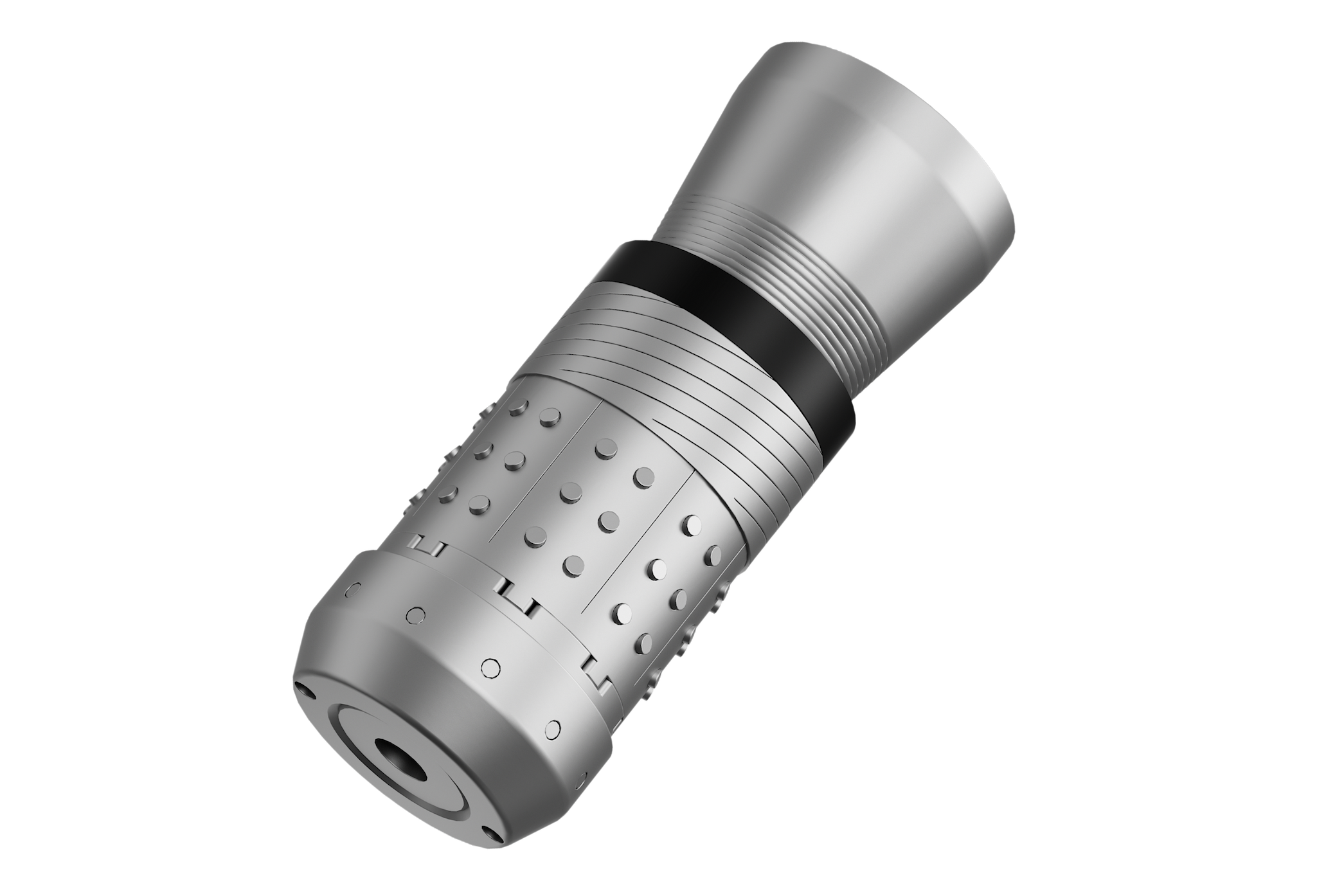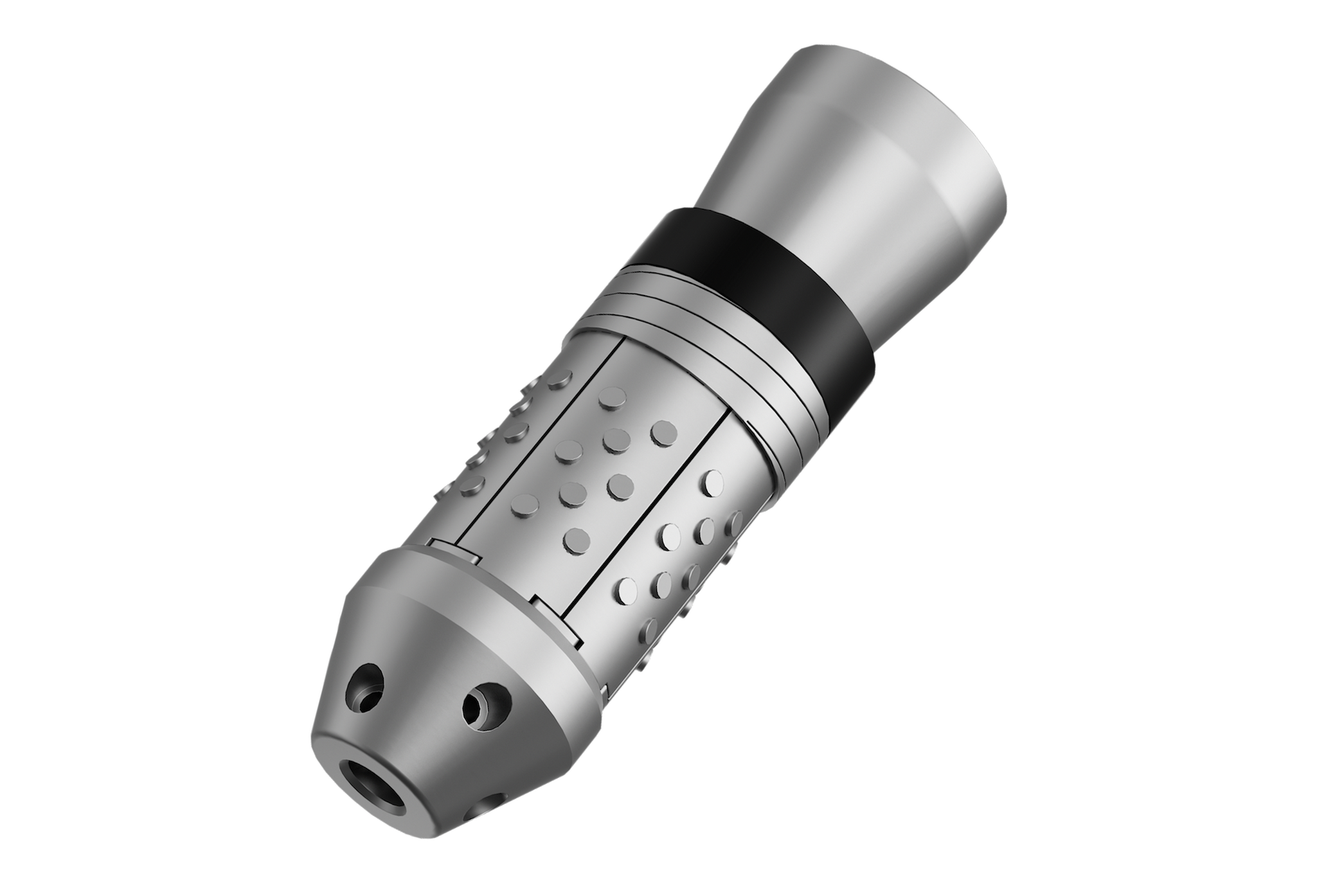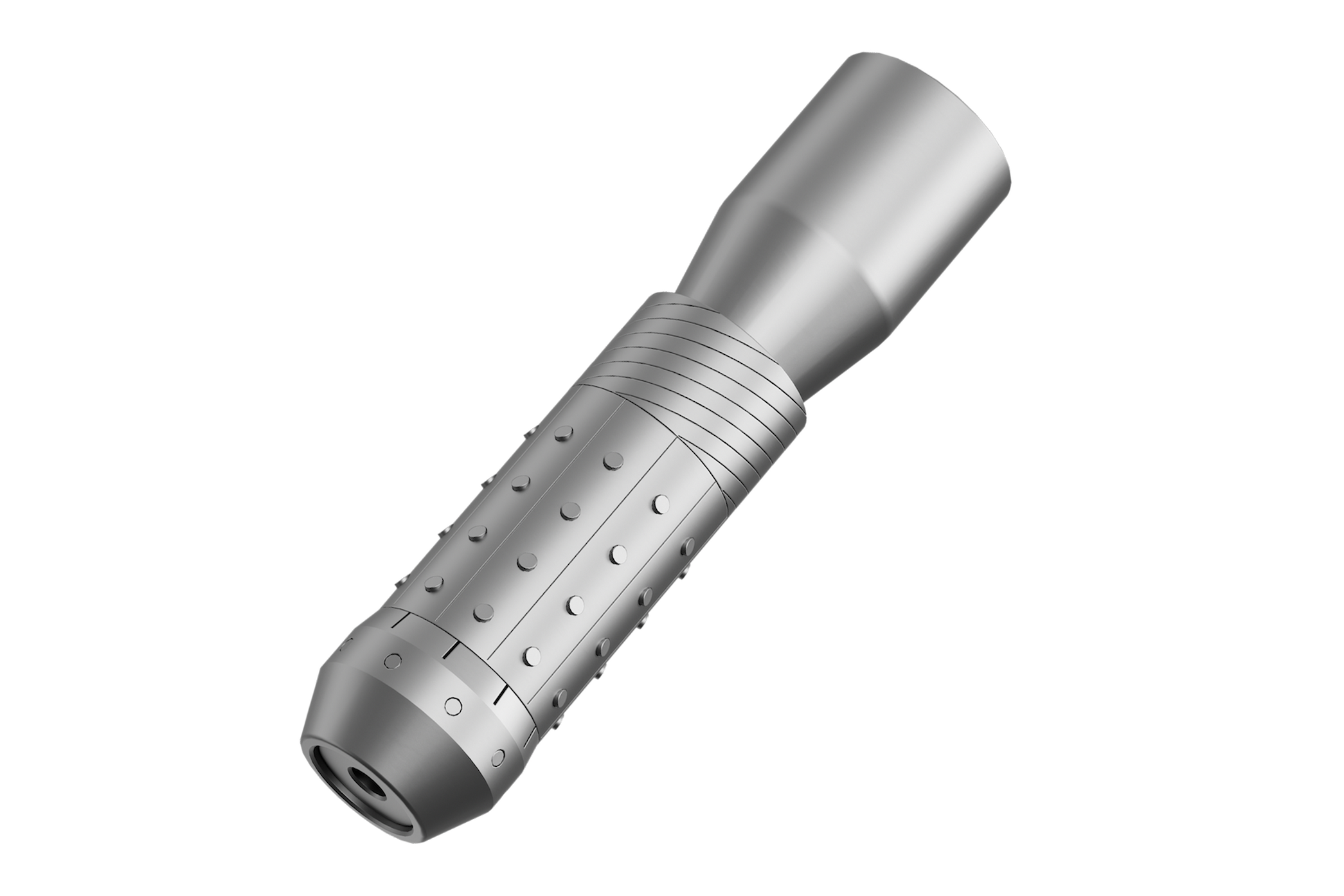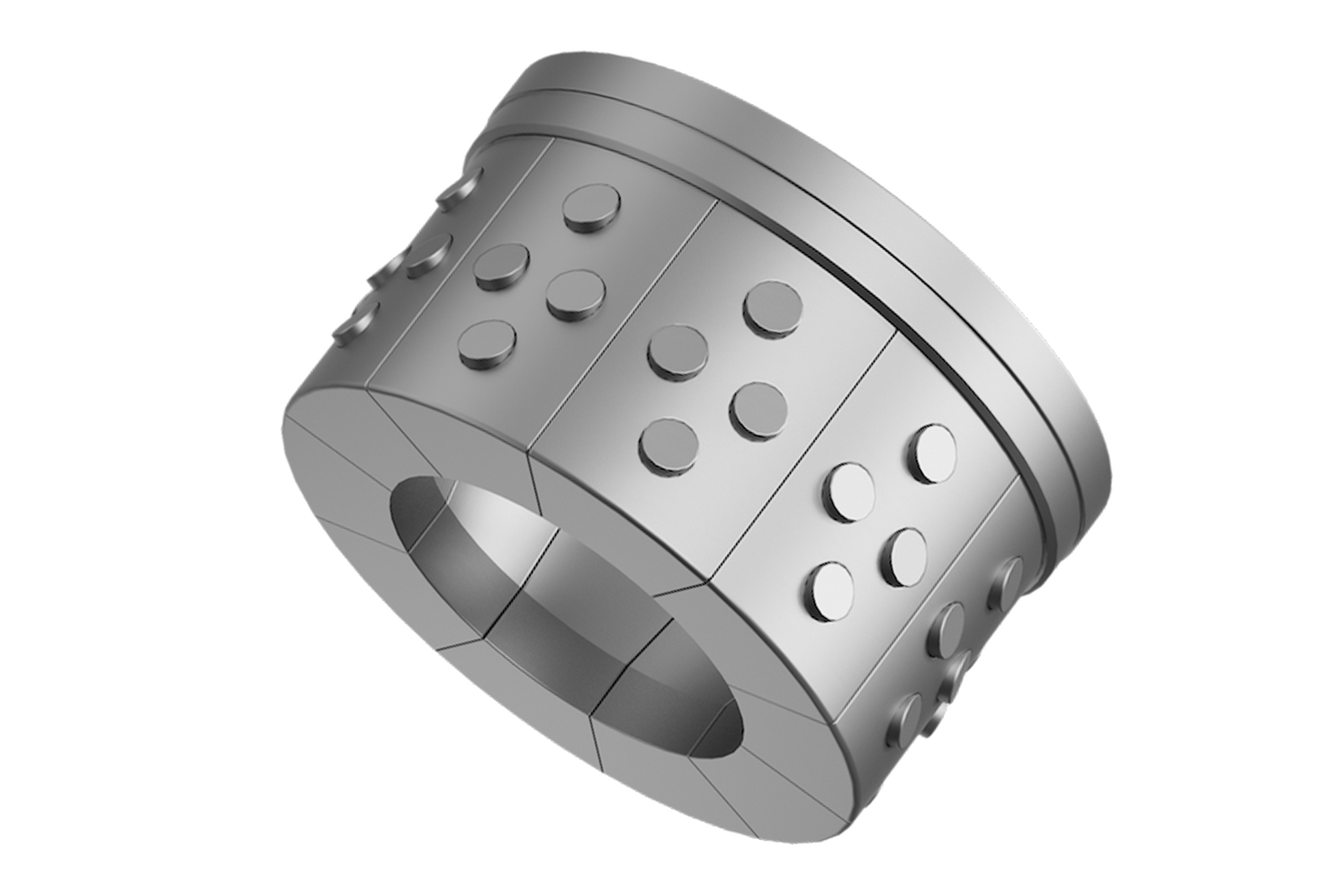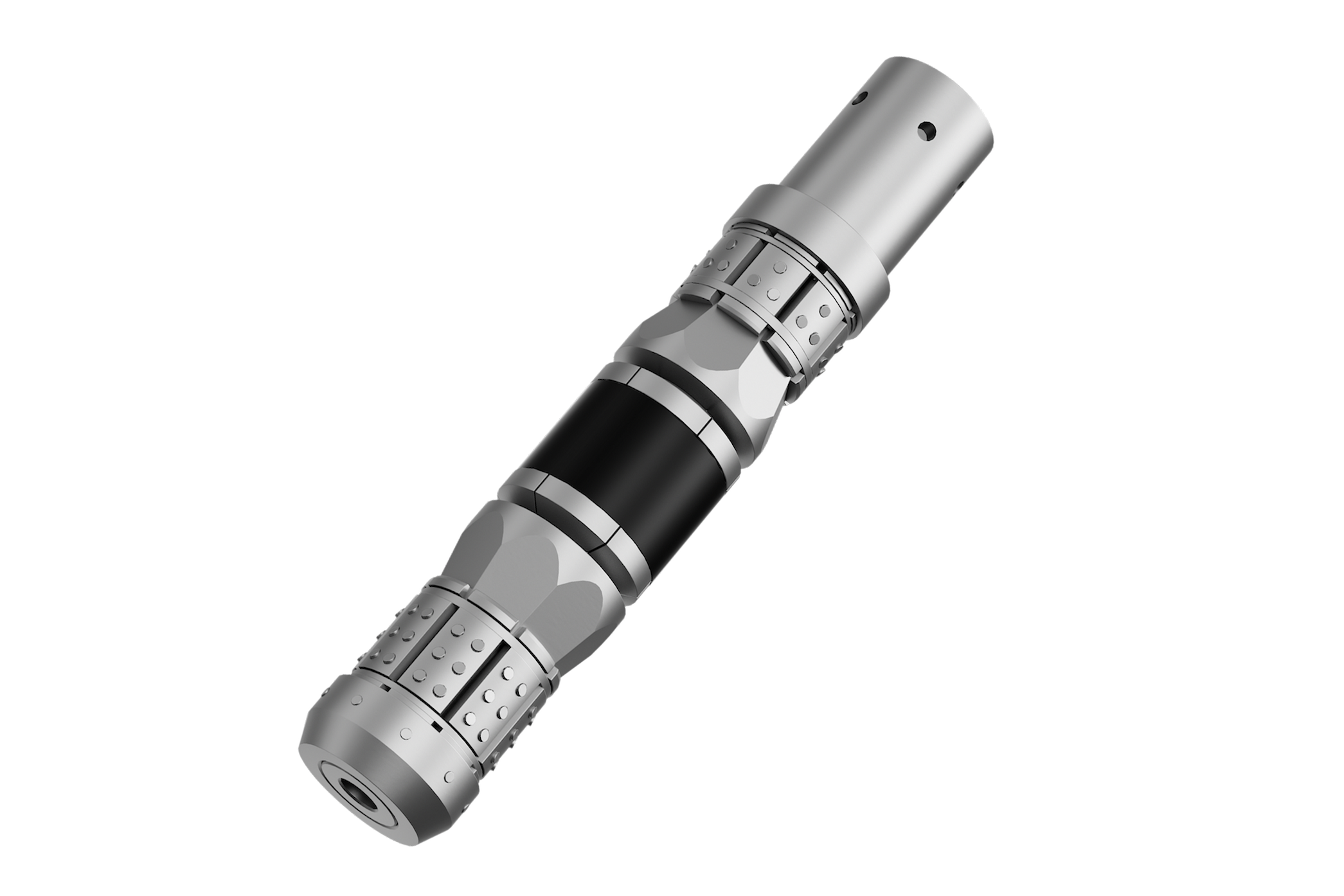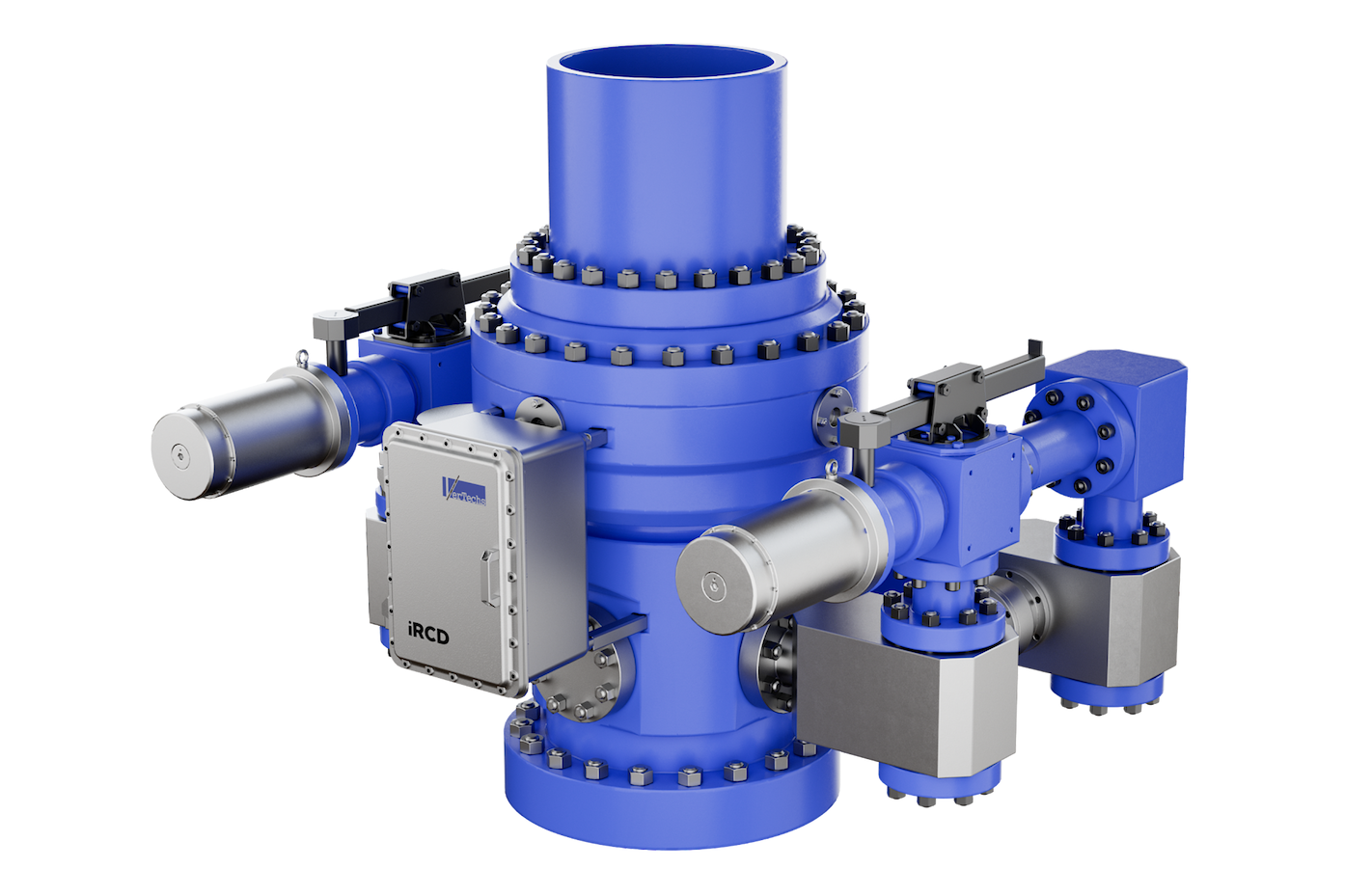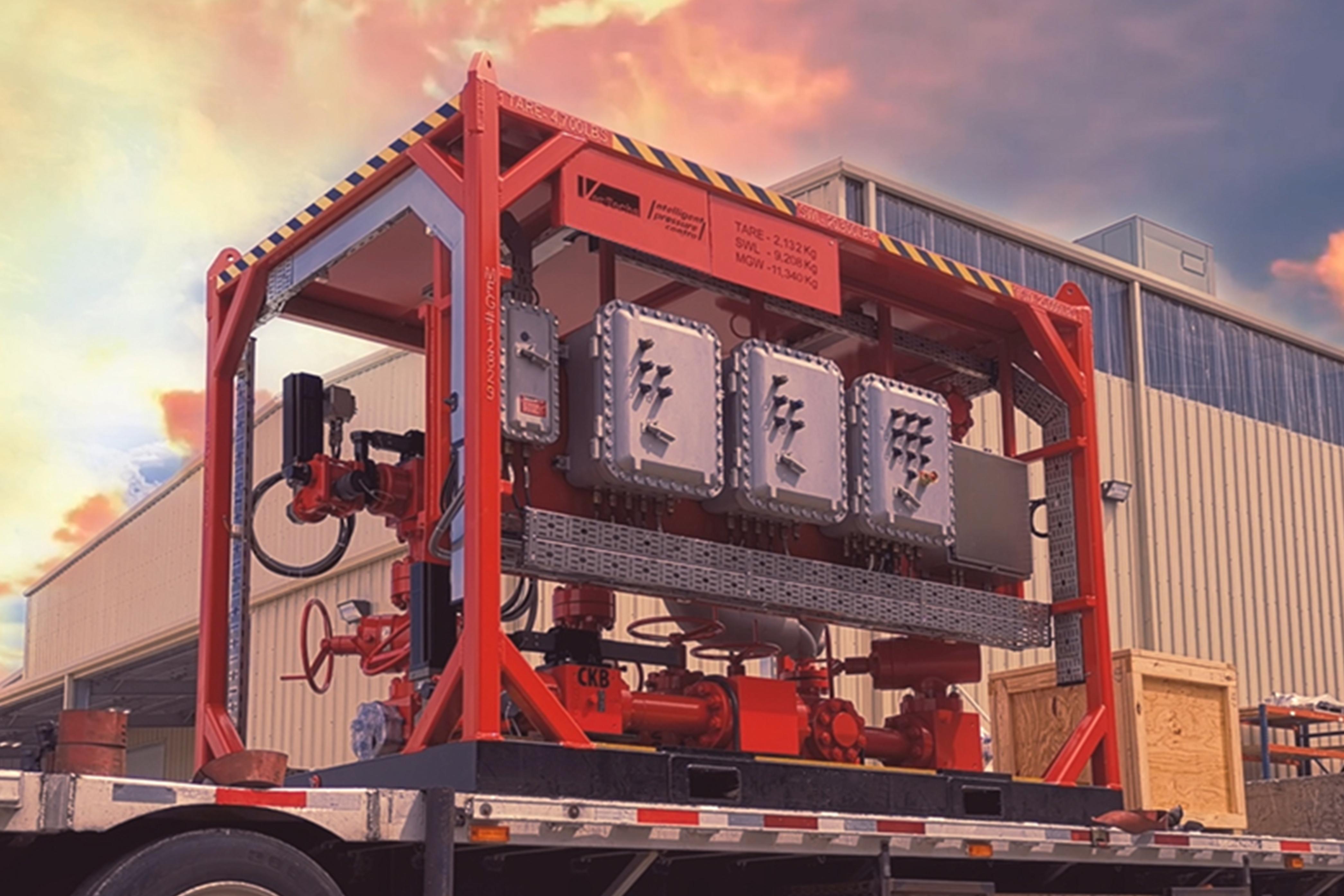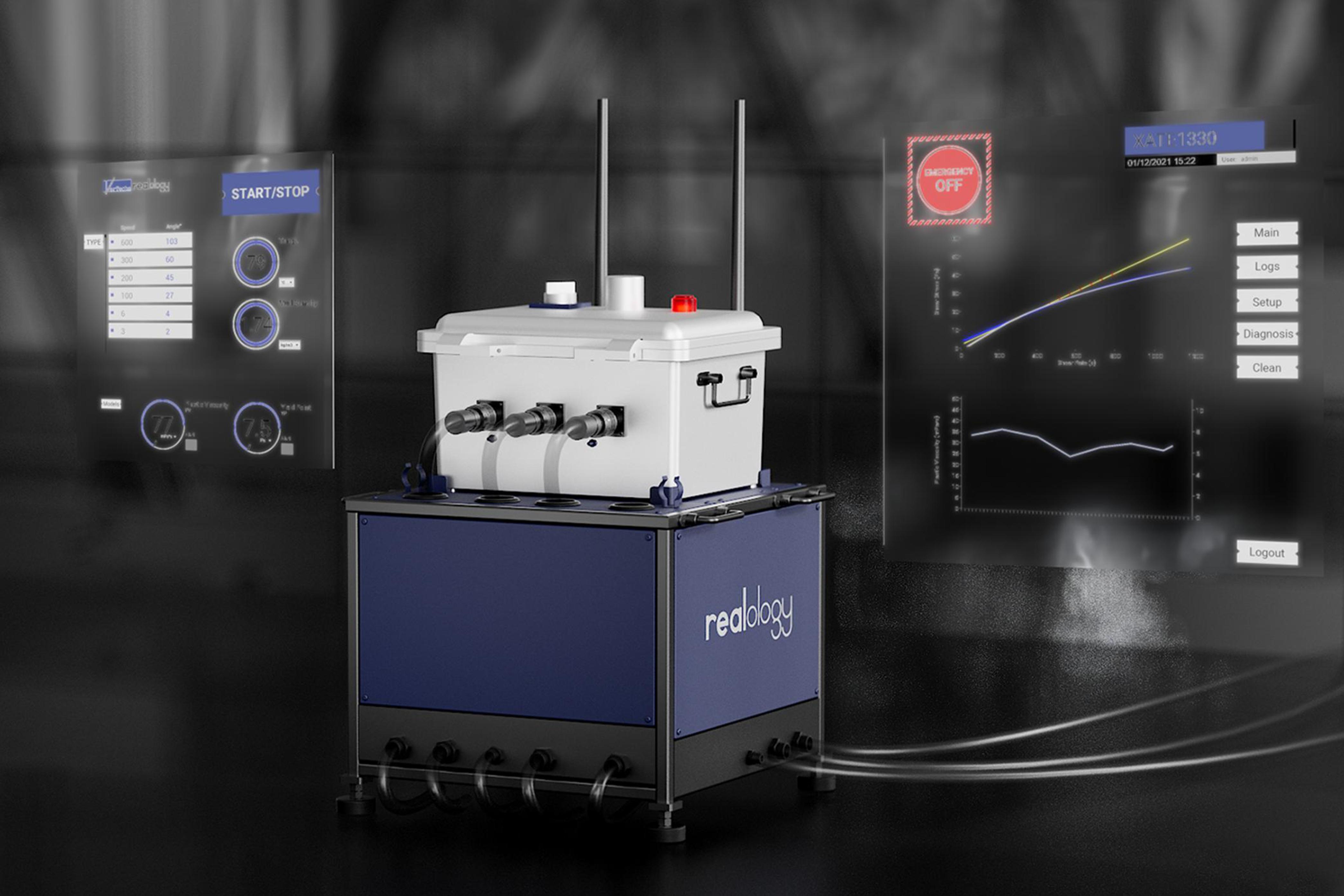The Role of Wellbore Reinforcement in Oil and Gas Exploration | Wellbore Strengthening
2023-03-25
Introduction
Oil and gas drilling are difficult tasks that call for a high level of experience and competence. The drilling process itself poses a threat to the wellbore's structural integrity, making it one of the most difficult obstacles to overcome. To counteract this, wellbore reinforcement was developed. In this piece, we'll define wellbore strengthening, discuss its significance, and break down the steps necessary to implement it.
Simply put, what is wellbore strengthening?
Drilling procedures that include wellbore strengthening aim to increase the wellbore's strength and stability. Fractures and other kinds of damage caused by drilling can weaken the wellbore and cause leakage of drilling fluid and other issues. Different materials and methods for reinforcing the wellbore are employed to avoid this. Drilling fluid additives like nanoparticles and fibers, together with wellbore cement mixtures designed specifically for reinforcement, are two examples.

The Importance of Wellbore Strengthening and Why It Occurs.
For successful drilling, it is essential that the wellbore itself remains intact. When drilling fluid is lost due to a weaker wellbore, the well might become unstable and perhaps blowout. Furthermore, it can cause ancillary issues like a clogged pipe or a lack of circulation, both of which are a pain to remedy and take up valuable time and money. To prevent well collapse and prevent damage to neighboring formations, wellbore fortification is essential. The formation around the wellbore might become unstable and damaged if drilling causes cracks in the rock. These dangers can be mitigated by fortifying the wellbore.
Tools for Reinforcing the Wellbore
During drilling operations, drillers may employ any number of wellbore strengthening methods. Chemical additions to drilling fluids and unique cement mixes are two examples. The wellbore's integrity can be restored and its strength increased with the use of drilling fluid additives. Nanoparticles are one kind of additive used to reinforce wellbores because of their ability to plug even the tiniest cracks without negatively impacting the wellbore's overall integrity. Wellbore stability can also be increased with the use of other additives like fibre. Wellbore reinforcement can also be accomplished with the use of specialized cement mixtures. These mixtures are extremely fracture-resistant and can assist to stop the leakage of drilling fluid and other issues. They are also useful for keeping the wellbore from caving in and protecting the surrounding rock from harm.
Pros of Reinforcing the Wellbore
Reinforcing the wellbore before drilling has many advantages. To start, it can aid in lowering the probability of well control concerns including blowouts and circulation loss. Safer operations and less costly downtime are possible results of fortifying the wellbore against such threats. Second, wellbore reinforcement can lessen the possibility of well failure and subsequent formation damage. Wellbore strengthening can assist increase the wellbore's overall stability and lessen the danger of harm to the surrounding region by preventing fractures and other types of damage. In conclusion, wellbore strengthening can help to increase productivity by decreasing the time and effort needed to deal with wellbore stability difficulties. Drilling operations may be completed more easily and efficiently by utilizing wellbore strengthening materials and procedures, which in turn lowers costs and boosts overall performance.
Conclusion
In conclusion, wellbore strengthening is an essential step in oil and gas drilling operations. We can lessen the likelihood of well control problems, well collapse, and formation damage by beefing up the wellbore's structural integrity. Additives in drilling fluids and customized cement mixes are two methods that may be used to reinforce a wellbore by sealing cracks and repairing other damage.
There are a lot of upsides to wellbore reinforcement, including better security, less downtime, and more productivity in the drill bit. Drilling operations may run more smoothly and effectively with the correct materials and procedures, which in turn helps to cut costs and enhance overall performance.
Drilling operators must be aware of the significance of wellbore strengthening and put best practices into action to protect the wellbore's integrity. Doing so can aid in lowering risks and increasing positive results in this essential sector.
Vertechs’ Wellbore Strengthening Solutions
Vertechs offers innovative wellbore strengthening solutions including the eHPIT Electronic High-Pressure Invasion Tester and RWSS Real-time Wellbore Strengthening Solution.
The eHPIT is a self-contained instrument that evaluates drilling fluid invasion or LCM performance without any external energy source. It provides a wide range of testing media, enabling variable testing ranges for all applications. The transparent invasion observation window facilitates visible evaluation of invasion rate and depth. All pressure data points are recorded and wirelessly transmitted to Vertechs' proprietary software for analytics, allowing for smarter and more efficient evaluation of drilling fluids performance.
The RWSS technology is designed to enhance wellbore stability in real-time while drilling instable formations caused by low formation pressure, narrow drilling windows, fractured formations, unstable formations, and more. The patented on-site evaluation apparatus monitors and maximizes the effectiveness of wellbore strengthening materials. This field-proven solution has been successfully applied in various challenging wells and substantially reduced NPT related to wellbore instability and induced losses.
With Vertechs’ wellbore strengthening solutions, customers can achieve greater efficiency and safety in drilling operations, resulting in significant cost savings and enhanced productivity.


